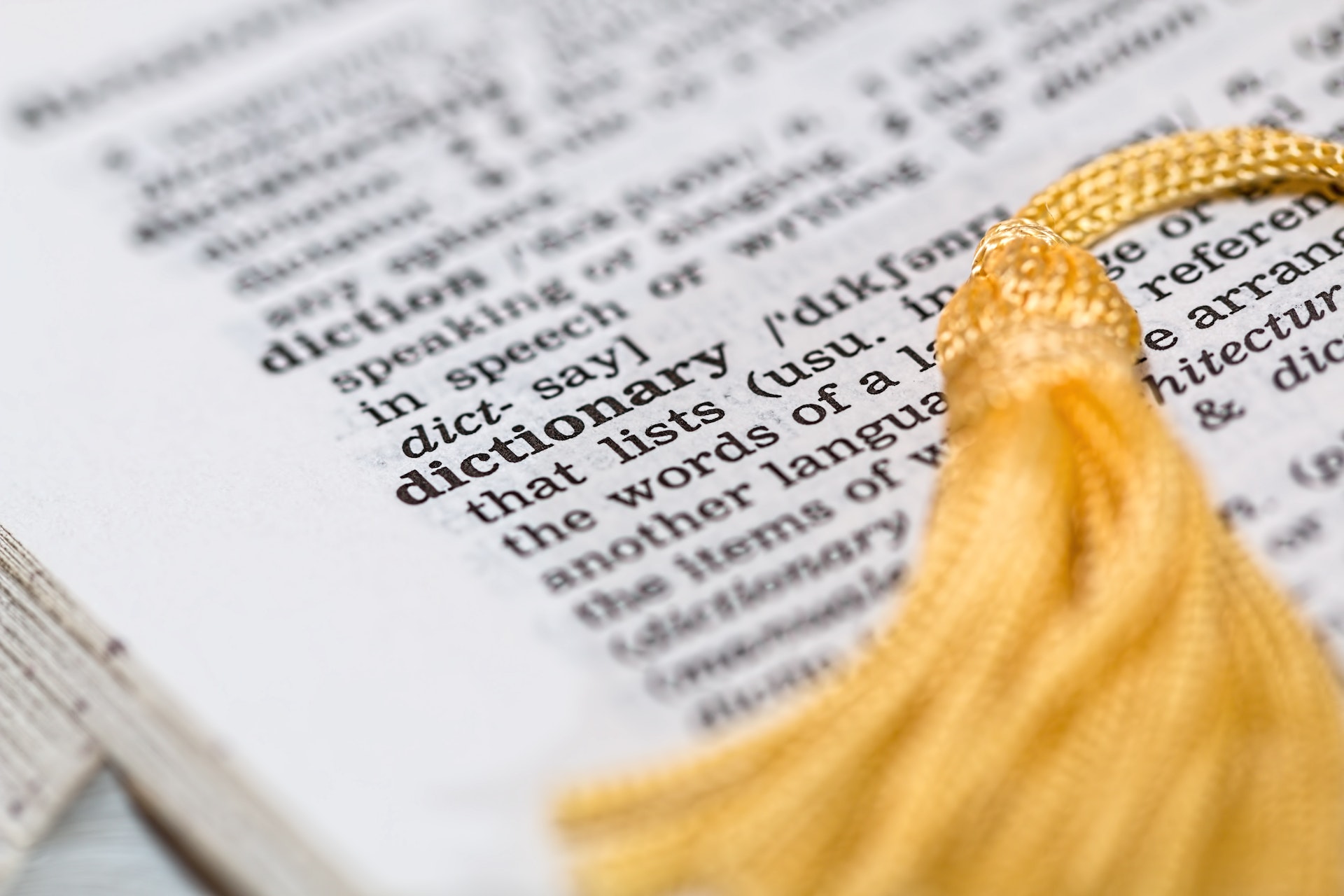Language, like the people who speak it, is always evolving. The English language is no exception. With over a million words and counting, English is continually growing and changing to suit the times. But how are new words created? Let’s delve into this linguistic journey to discover how English continues to bloom.
1. Borrowing Words
One of the most common ways English grows is by borrowing words from other languages. This process, known as “loanwords,” involves taking words from another language and incorporating them into English. For example, the word “sushi” comes from Japanese, “chocolate” from the Aztec language Nahuatl, and “piano” from Italian.
Borrowing is a reflection of cultural exchange and shared histories. One of the most significant contributors to the English vocabulary is French. It’s estimated that English has borrowed over 10,000 words from French, making it one of the most influential donor languages. This is largely due to the Norman Conquest of 1066, which brought Norman French into English courts and castles. Examples of loanwords from French are abundant in the English language. “Ballet,” “café,” “genre,” “art,” and “critique” are just a handful of the countless French words we use in our daily lives. These borrowed words have been fully integrated into English and are used without any awareness of their French origins.
2. Word Compounding
Another common method of word creation in English is compounding, which involves combining two or more words to create a new one. Words like “bluebird,” “skyscraper,” and “toothbrush” are all examples of compounds. The combined meaning of the constituent words often gives us a clue to the new word’s meaning, although there are exceptions like “butterfly.”
3. Blend Words
Blends are similar to compounds, but in a blend, parts of words are combined. A famous example is “brunch,” a blend of “breakfast” and “lunch.” Another is “smog,” a blend of “smoke” and “fog.” Blending is particularly common in modern English, leading to innovative creations like “blog” (a blend of “web” and “log”) and “guesstimate” (a blend of “guess” and “estimate”).
4. Derivation
Derivation involves adding prefixes or suffixes to existing words to create new ones. By adding “un-” to “happy,” we get “unhappy.” By adding “-ness” to “kind,” we get “kindness.” This process is one of the most productive ways of forming words in English.
5. Conversion
Conversion, or zero-derivation, involves a word changing its part of speech without any change in form. For instance, we can “text” someone or give them a “text,” with the word “text” acting as both a verb and a noun.
6. Neologisms and Coinages
Sometimes, entirely new words, or neologisms, are created. Some arise from literature, such as “muggle” from J.K. Rowling’s Harry Potter series. Others are invented to describe new phenomena, like “selfie” or “hashtag.”
7. Acronyms and Initialisms
Finally, acronyms and initialisms form words from the initial letters of phrases. An acronym is pronounced as a word, like “NASA,” while an initialism is pronounced letter by letter, like “FBI.”
Language evolution is a fascinating process. By understanding how new words are formed, we can appreciate the richness and dynamism of the English language even more. So next time you come across an unfamiliar word, see if you can figure out how it might have been created. This not only enhances your vocabulary but also makes you a more engaged and curious language learner. As the language evolves, so too can your command of it.
As you learn English with us, you’ll encounter a vast array of words – some old, some borrowed, some brand new. Delve into the engaging lessons on Talkindeed, discover the origins of words, and enrich your language journey!





